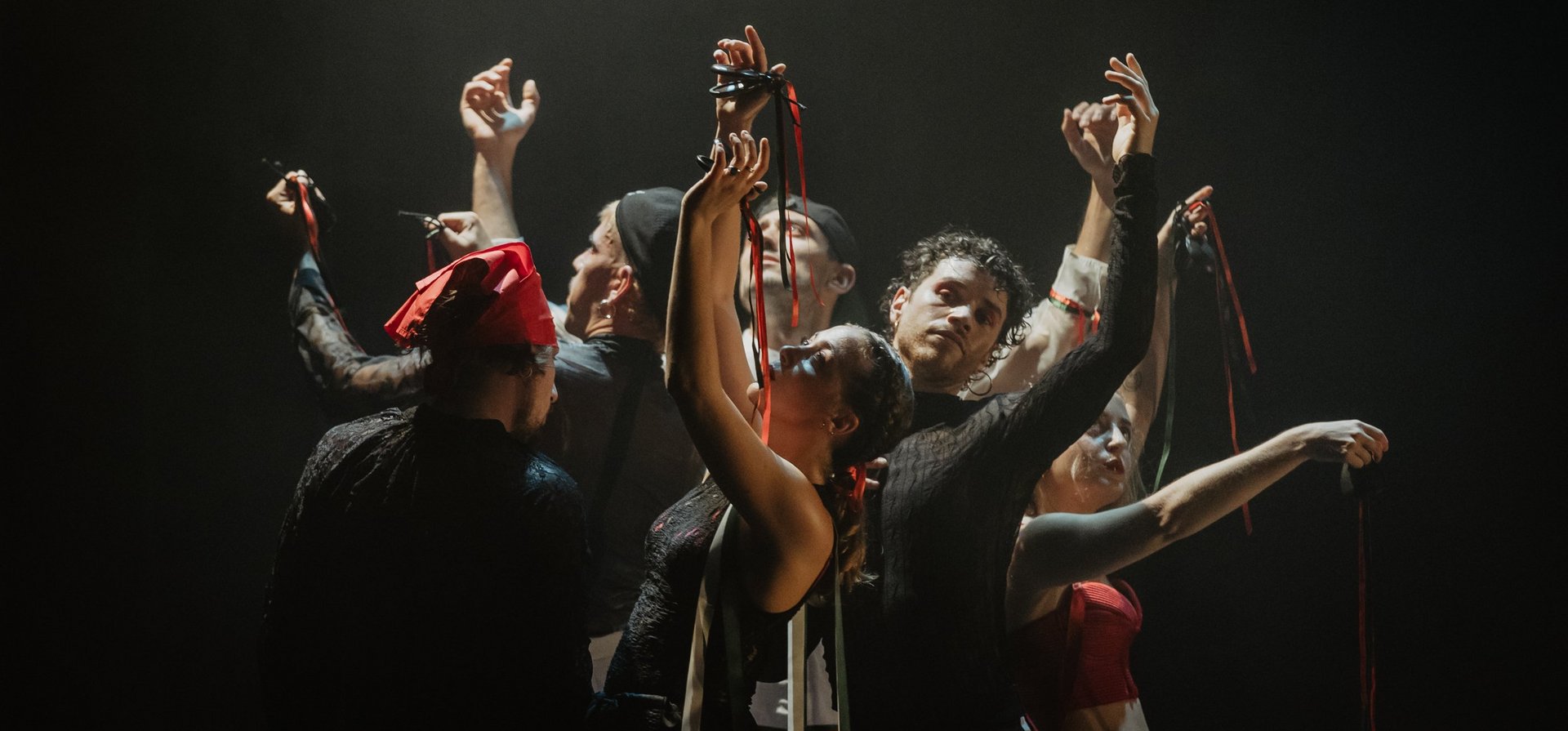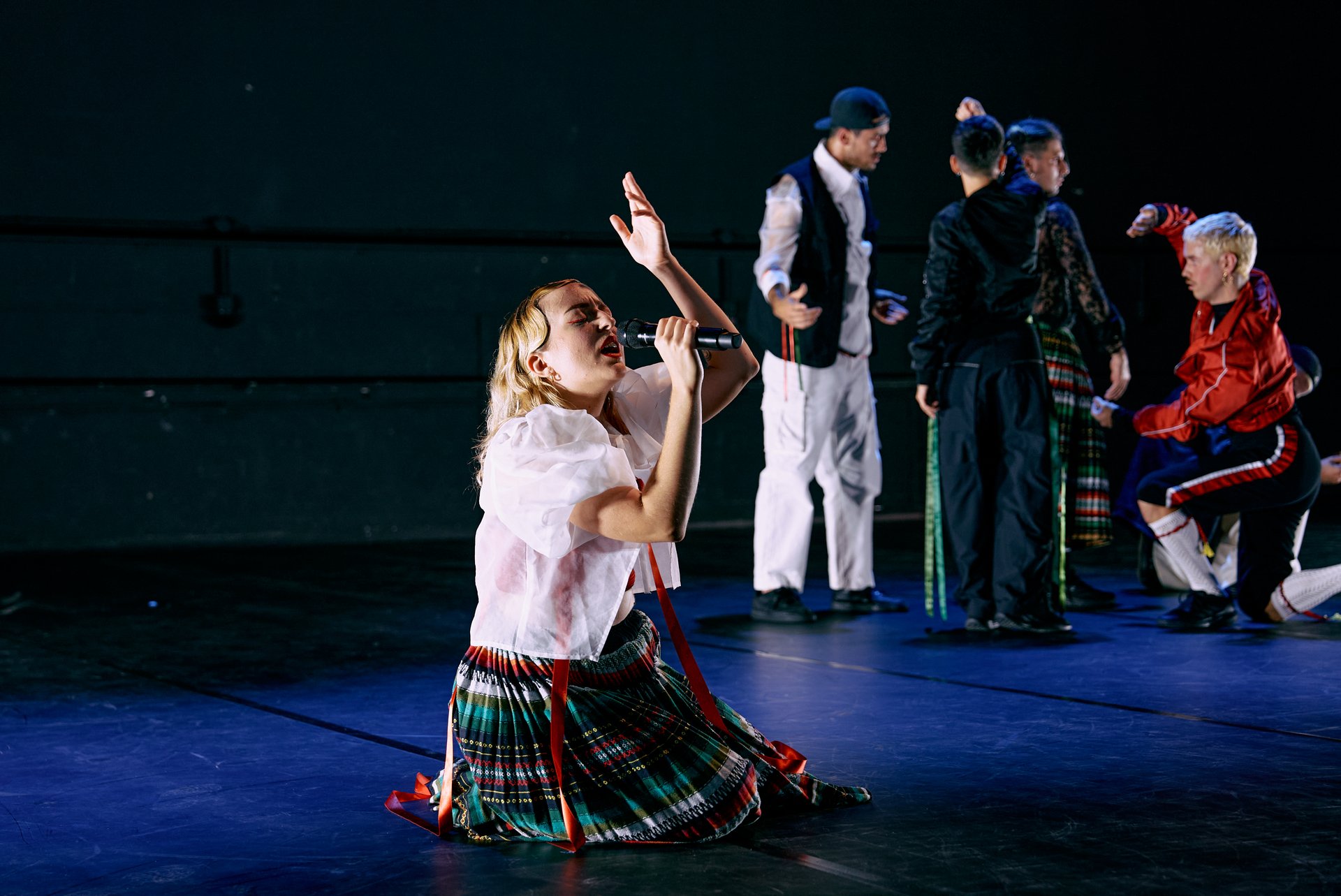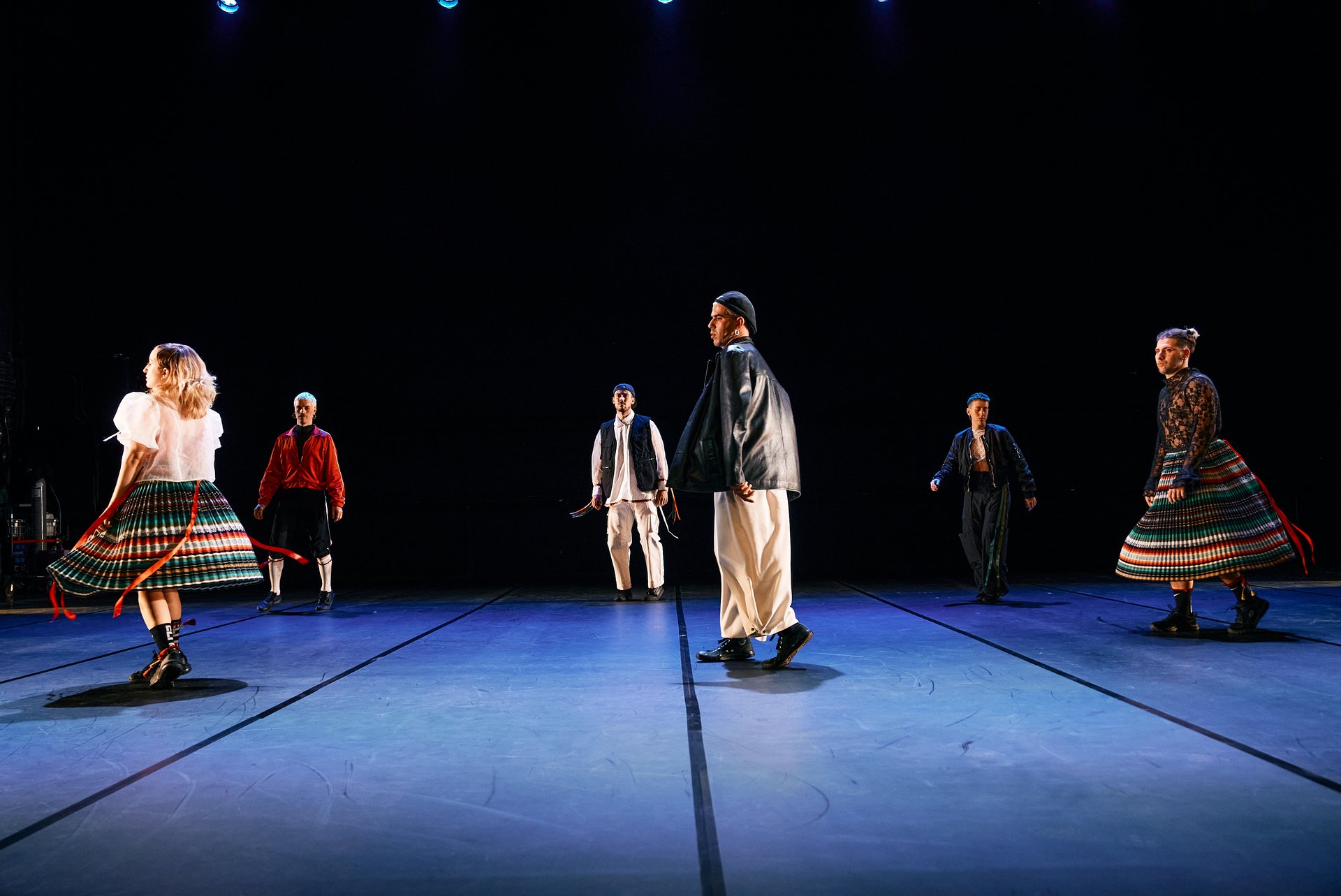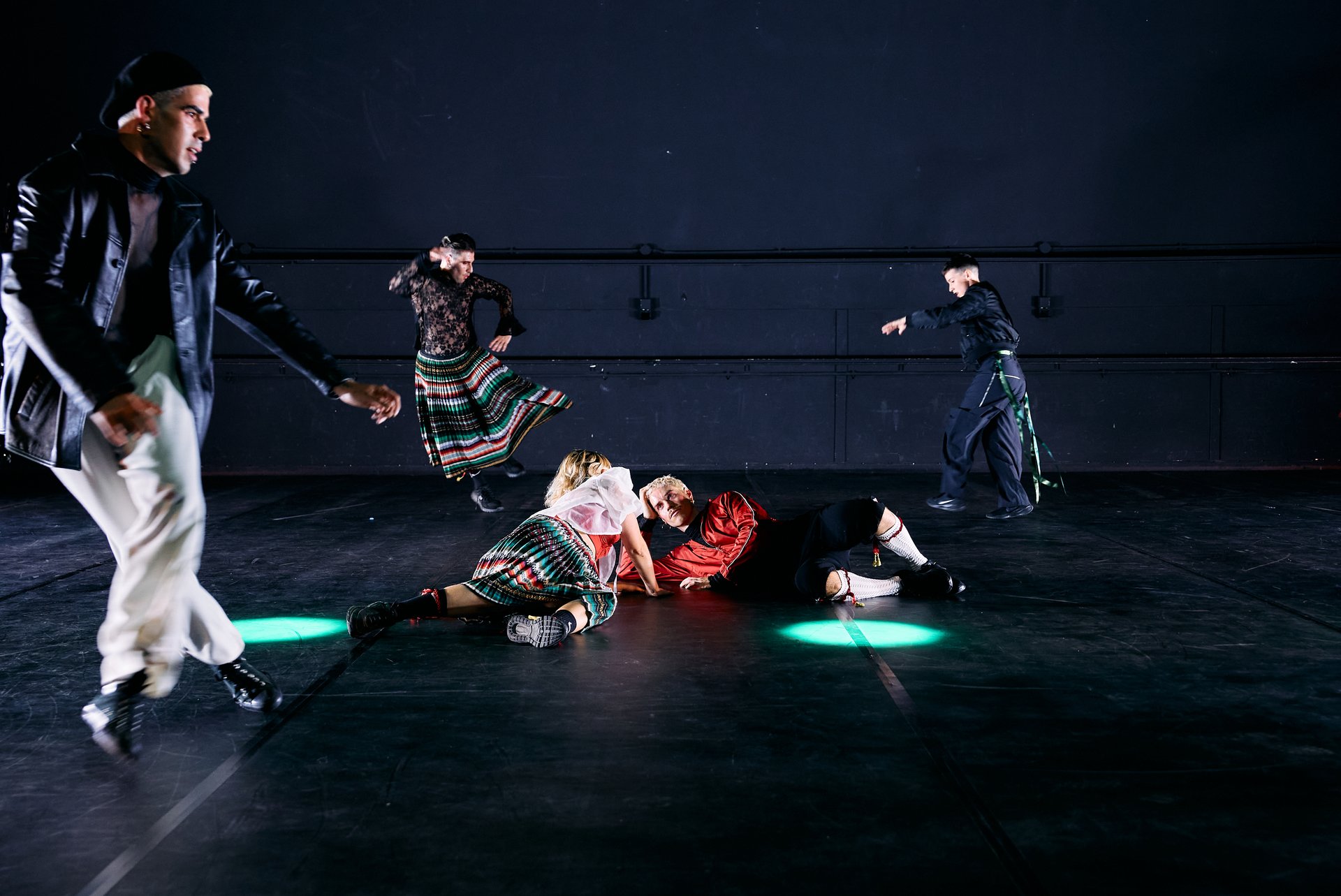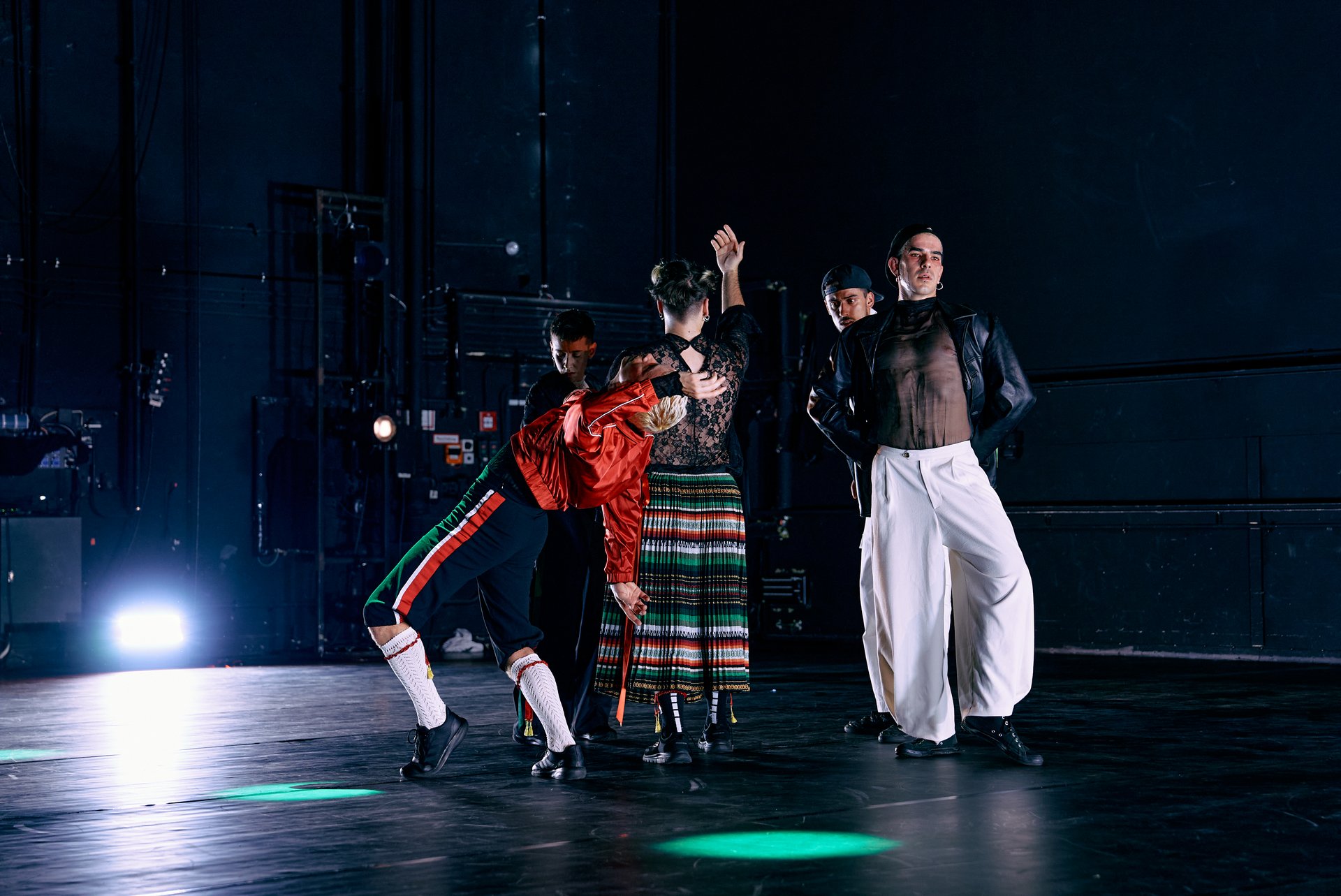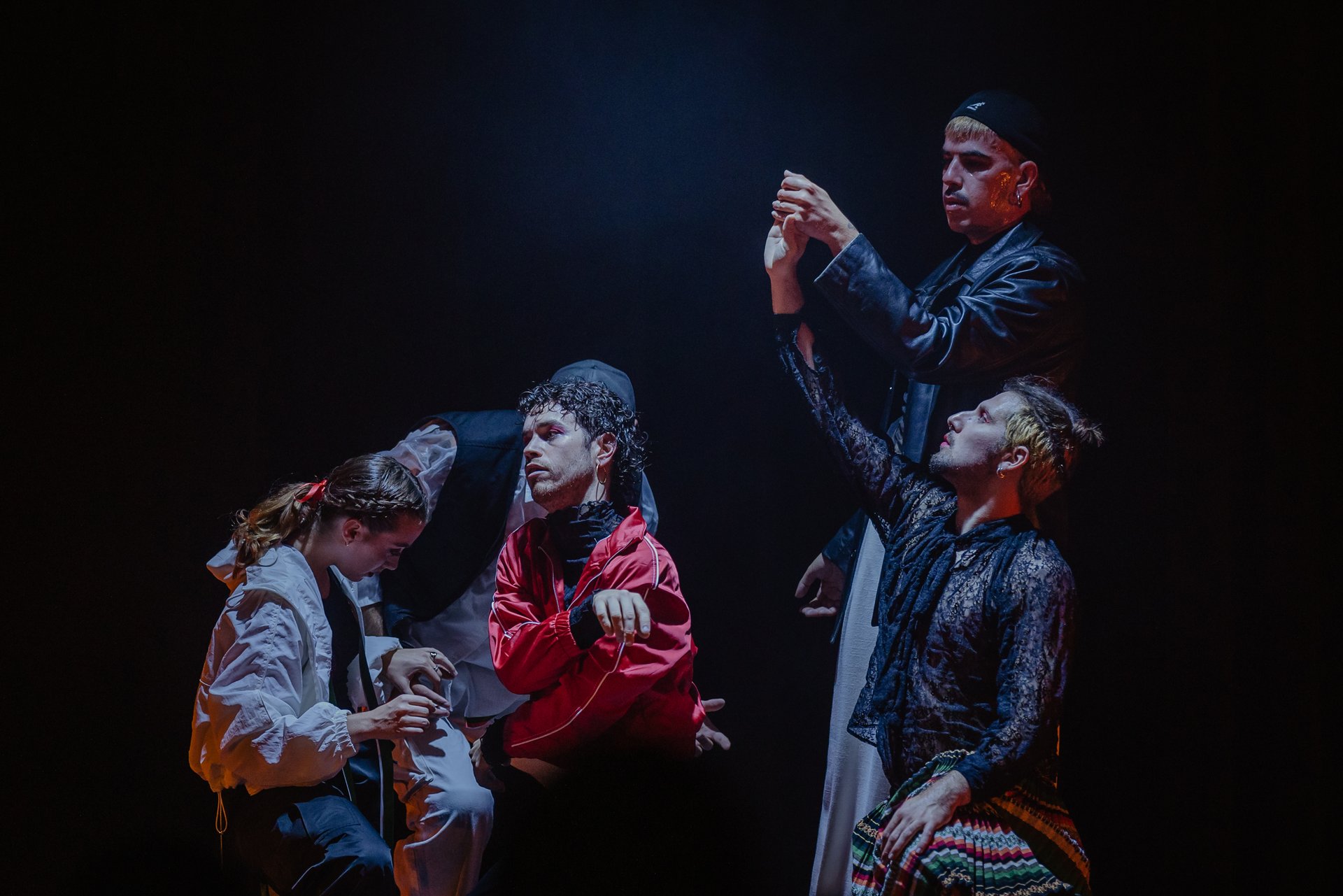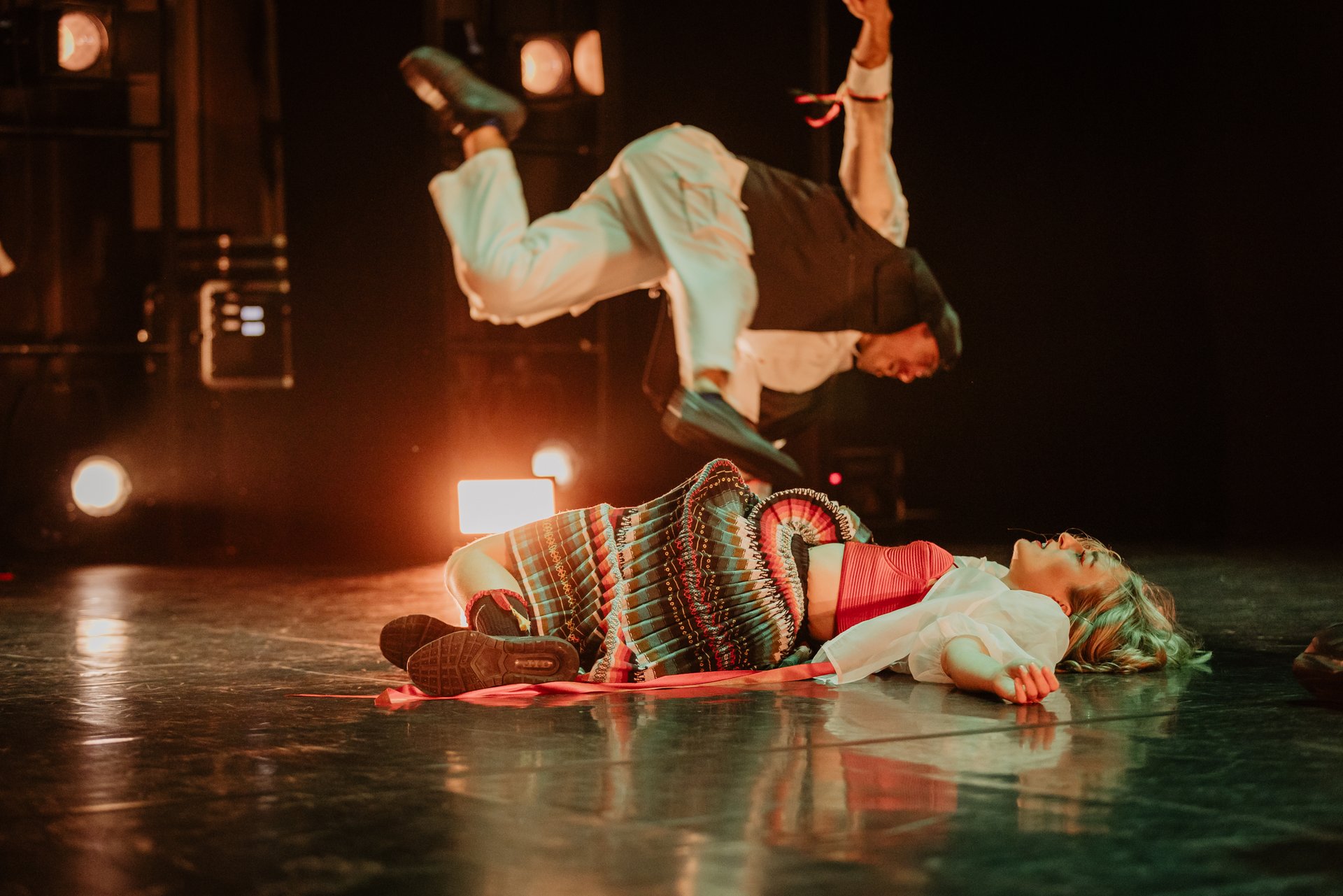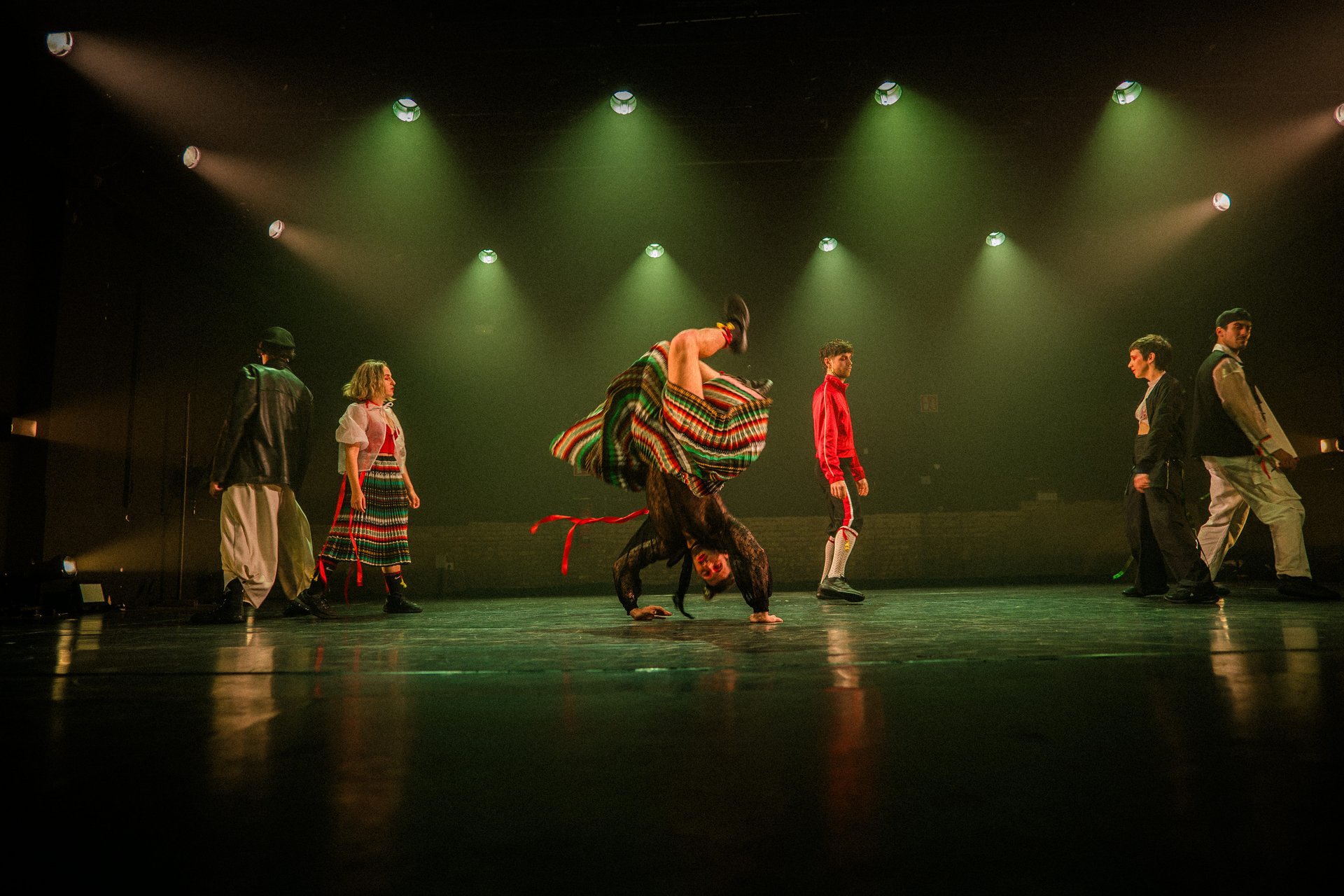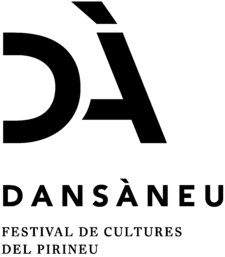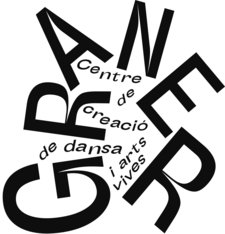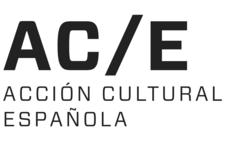Inka Romaní blends Valencian folk dances with breaking, house, and contemporary dance. “Fandango Reloaded” reconstructs the nearly forgotten Fandango de Ayora and explores how dance can create community today.
Inka Romaní combines traditional Valencian dances with contemporary dance, breaking and house. In “Fandango Reloaded”, Romaní and her dancers explore the potential of folk dances to bring people together and to make community tangible – and they look into the question of whether urban dance can take on such a role today. Therefore, they also reconstruct the Fandango de Ayora, a traditional couple’s dance that was suppressed during the Franco regime in Spain and had almost fallen into oblivion. On the stage, a dance vocabulary is created that combines past and present and enables new ritual experiences.
www.inkaromani.com
Tickets
Full 22 / 17 €
Reduced 13 / 9 €
We offer a special youth ticket for this performance. Children and young people up to the age of 14 pay a special price of 5 € when accompanied by an adult ticket holder.
Additional service fees for booking online with Reservix apply.
Artist's Note by Inka Romaní
Ayora is my village, a small town in the countryside of the Valencian Community. The piece is deeply rooted in a family story, from my grandmother to my cousin. I was partially raised by my grandmother, who embodied many of the teachings of the Sección Femenina.
The Sección Femenina was an organization tied to the Franco dictatorship (1939–1975). Its goal was to politically indoctrinate women and control every aspect of their lives. One of its many projects was the collection of Spanish folk songs and dances, transforming them into tools of propaganda.
The Fandango de Ayora is a traditional paired dance, marked by lively movements and energetic music. Originally a courtship dance with Andalusian origins, it spread widely across the Iberian Peninsula.
The Fandango de Ayora was joyful, sensual, and pagan—qualities that clashed with the Francoist regime. For this reason, the Sección Femenina censored it from their official choirs and dances, nearly erasing it from cultural memory. Thankfully it was recovered many years later through the memory of the people who had danced it. I arrived at this story thanks to my dear cousin Sara.
Fandango Reloaded is an act of archaeological research where dance becomes the catalyst for a shared ritual experience.
We fantasized about how people danced and enjoyed themselves before censorship. We were thrilled by the idea that the Fandango de Ayora was, in a way, the perreo of its time—and that’s why it became forbidden.
One day, artist Txalo Toloza, said to me after seeing a reharsal:
“The Fandango de Ayora survided hidden in the bodies of your grandmothers.”
That image stayed with me. I picture it crouched in the interstice between body and bodice, under the petticoat—in a warm place, enduring, resisting.
We dance to rewrite, to remember, to imagine what these dances and its songs could look like today. It’s a convergence of vocabularies, from traditional to urban dance, in an attempt to rematerialize memory.
